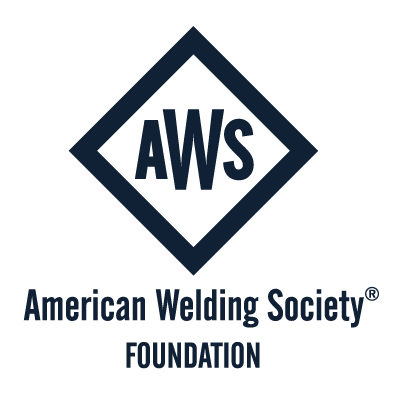Fusing classroom theory with hands-on practice, this National Guideline Standard equips apprentices with essential knowledge and skills, including:
- Programming and Operating Robotic Welding Systems: Setting up, programming, and operating automated welding equipment and robotic welding cells.
- Technical Documentation and System Integration: Interpreting automation blueprints and integrating welding systems with manufacturing processes.
- Process Control and Quality Assurance: Monitoring welding parameters, troubleshooting systems, and ensuring consistent automated welding quality.

Apprenticeship approach
The AWS Welding Automation Specialist Program is time-based, gauging competency according to the number of hours apprentices spend learning on the job.
Time to completion
AWS Certified Welder apprentices require approximately 3-4 years to complete the program. See the AWS Welding Automation Specialist Work Process Schedule and Related Instruction Outline for more information.
Compensation schedule
Flexible. Welder apprentices are paid on a progressive schedule based on the hourly journeyworker wage or as dictated by the employer.
Customizable schedule and content
Yes. You can customize the timing and content of your apprenticeship program to suit your organization’s needs, materials, automation technologies, and more.
Developed with Department of Labor and Center of Excellence
Yes. The AWS Welding Automation Specialist National Guideline Standard was developed to provide a high-quality template for your apprenticeship program, and it aligns with the AWS Certified Robotic Arc Welder Program. Download the National Guideline Standard Work Process for AWS Welding Automation Specialist here.
Program Highlights.
Theoretical instruction, including:
- Welding Automation Safety training
- Robotic welding systems and collaborative applications
- Welding metallurgy and material properties
- Programming fundamentals and control systems integration
- Vision systems and sensor technology applications
Practical instruction, including:
- Operating robotic welding equipment
- Tooling and fixture design
- Quality control and visual inspection techniques
- Preventive maintenance and troubleshooting
Workplace readiness instruction, including:
- Technical documentation and report writing
- Professional workplace skills and communication
- Precision measurement and metrology applications
Certification training, including:
- AWS Certified Robotic Arc Welding (CRAW) preparation
- Robotic manufacturer-specific training
- Industry standard compliance and code applications
- Performance-based competency assessments
Paid on-the-job learning (OJL)
Apprentices are employees who are paid a skill-appropriate wage while they work and learn. A minimum number of hours may be required
Classroom learning
Apprentices enroll in a welding-related program at your partner institution (technical school, community college, etc.). A minimum number of hours may be required.
Work process schedule
Your program includes an outline of tasks or skills that an apprentice will learn along with an estimate of the time spent on each task.
Mentorship
Apprentices work under and receive structured mentorship from an experienced tradesperson at your company. One-to-one mentorships are highly recommended, but employers can request a different ratio.
Certifications
Upon completion of the program, apprentices receive an industry-recognized credential, which can potentially include AWS Certified Robotic Arc Welder coupled with a Journeyworkers Credential. Organizations also choose to include other credentials as part of their program, such as OSHA, and more.
As the organization that sets the standard, the American Welding Society is here to support your organization. Contact us today to get started. You can expect a representative from the American Welding Society Foundation to be in touch soon.

